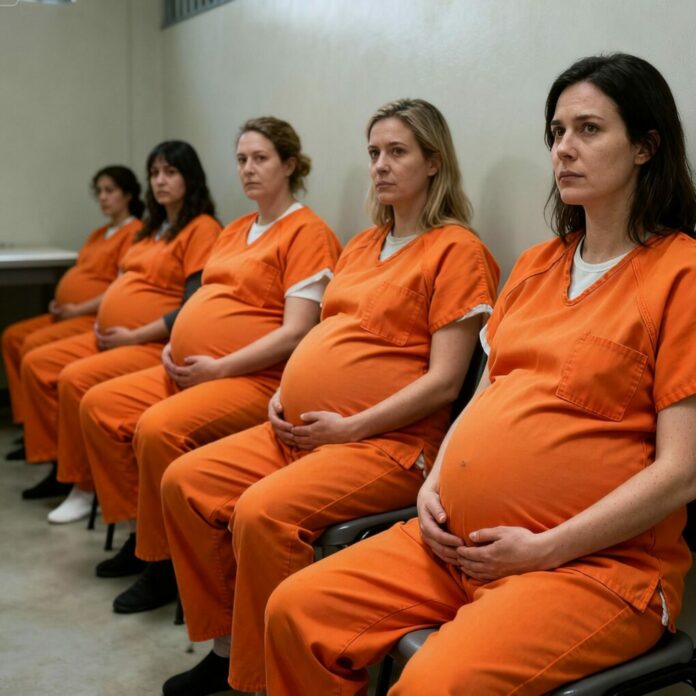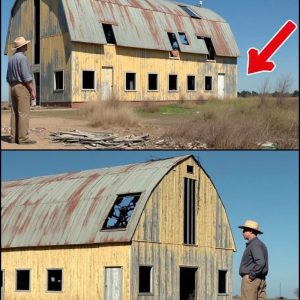Blackridge Correctional Facility was known for its strict discipline and tight surveillance. Every corner was monitored, every movement logged. So when Inmate #241—Mara Jennings—complained of nausea, no one suspected anything unusual. It wasn’t until Eleanor, the prison’s lead physician, reviewed the lab report that she froze.
Pregnant.
She rechecked the paperwork twice. It was impossible. The inmates at Blackridge had no physical contact with male staff. Even the guards were all female, following an incident years earlier that had led to nationwide reforms.
Eleanor immediately called the prison warden, Clara Weston, to her office. Clara, a firm but fair administrator, frowned when she saw the report. “You’re saying she’s pregnant? Here? Inside this facility?”
“That’s what the test says,” Eleanor replied quietly. “But biologically, it shouldn’t be possible.”
By the next morning, word had spread among the staff—then the inmates. And before Eleanor could even finalize Mara’s follow-up test, two more women came in with the same symptoms. Both tests came back positive.
Whispers filled the corridors. Some inmates claimed it was a miracle. Others accused the guards of abuse. Clara, furious at the speculation, ordered a full internal investigation. Cameras were checked. Visitor logs reviewed. Every inch of the facility’s security system was inspected. Nothing—no breaches, no unauthorized entries, no gaps in footage.
And yet, a week later, a fourth inmate—Joanna Miles—was also pregnant.
That was when panic began to set in. Clara called an emergency meeting with senior officers. “Either someone has broken into this prison,” she said through clenched teeth, “or something is happening right under our noses.”
Tension grew among the inmates. Rumors ran wild. Some pointed fingers at the maintenance crew; others whispered about male doctors sneaking in. Eleanor, who had worked in prisons for 15 years, couldn’t sleep. None of it made sense.
Until one evening, as she walked past the courtyard, she saw something strange. A faint patch of soil—freshly disturbed—near the far wall of the exercise yard.
She knelt, brushing her hand across it, and felt something hollow beneath the surface. Her pulse quickened.
Eleanor called for a flashlight and a guard. Together, they dug a few inches deeper.
And then they saw it.
A small wooden panel—loose, recently moved. Beneath it, a dark tunnel leading into the ground.
The air around her seemed to thicken. She looked up at the guard, eyes wide.
“Get the warden,” she whispered. “Now.”
By dawn, the entire yard was cordoned off. The discovery had thrown the prison into chaos. Clara Weston arrived with a full security team, her face pale but composed. “Seal off the perimeter,” she ordered. “Nobody enters or leaves until we know where this leads.”
Investigators crawled into the tunnel—narrow, damp, and crudely reinforced with wooden beams. The passage extended far beyond the outer wall. After thirty meters, it split into two smaller branches, one leading toward an abandoned utility shed that bordered the men’s minimum-security prison just across the field.
“Good God,” Clara muttered. “It connects to Ridgeview—the men’s facility.”
That connection changed everything. It meant the pregnancies were not the result of some inexplicable phenomenon—but of months of secret contact between inmates of two separate prisons.
As teams explored further, they found evidence of makeshift gatherings—small blankets, discarded food wrappers, and even a few pieces of jewelry traded between prisoners. Someone had been maintaining this passage for a long time.






